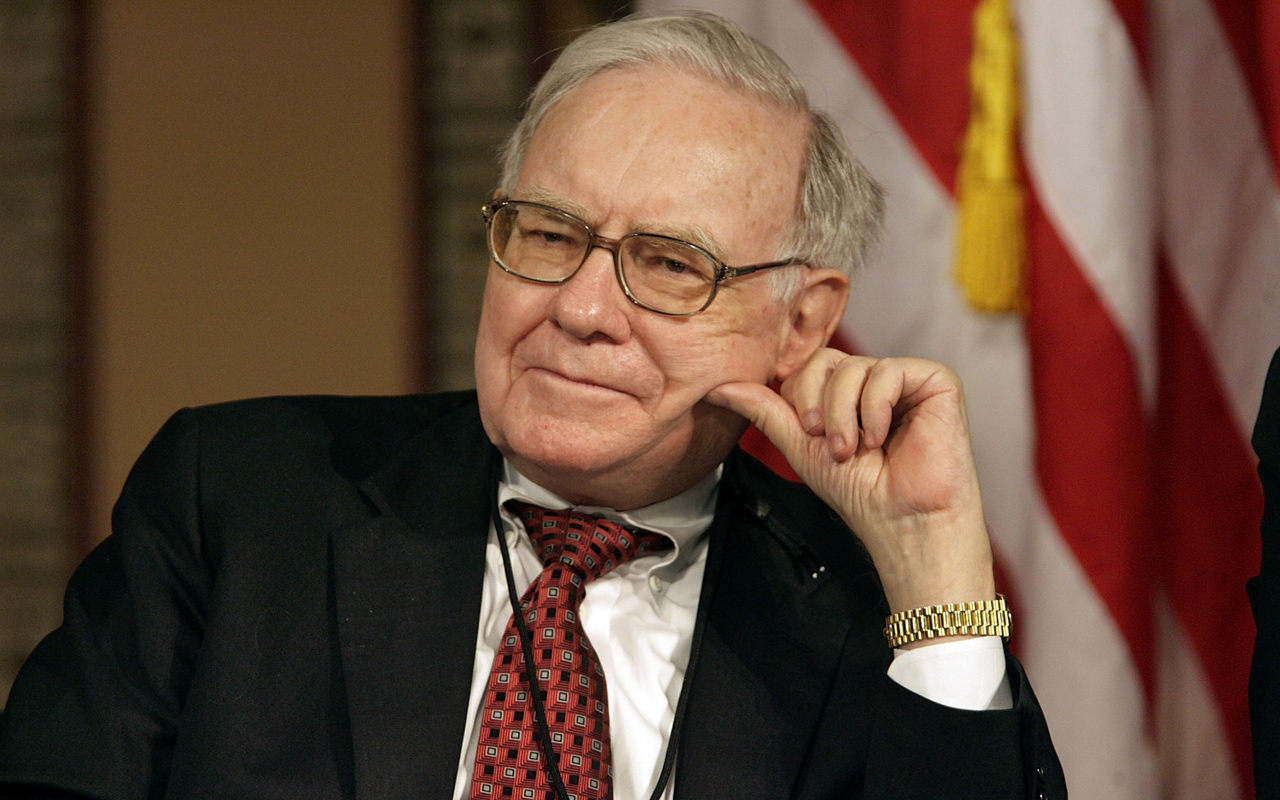We Are Not in a Bull Market
It takes more than a 20% gain off the low to proclaim the beginning of a new bull market.


I'm sorry to be the "bearer" of bad news, but we are not in a new bull market.
That's not to say we are in a bear market either.
Let's just say we're probably somewhere in between.
From just $107.88 $24.99 for Kiplinger Personal Finance
Become a smarter, better informed investor. Subscribe from just $107.88 $24.99, plus get up to 4 Special Issues

Sign up for Kiplinger’s Free Newsletters
Profit and prosper with the best of expert advice on investing, taxes, retirement, personal finance and more - straight to your e-mail.
Profit and prosper with the best of expert advice - straight to your e-mail.
I bring this up because we've all seen the flurry of headlines proclaiming the dawn of the next bull market. Such news would be very welcome indeed, especially after last year's absolute shellacking of equities.
But all this talk of a new bull market is premature, and appears to stem from confusion over how these things are defined in the first place. Fair enough; we don't call bear markets and bull markets in quite the same way. Besides, for all its grounding in technical analysis, the divining of a bull market in real time is as much art as it is science.
Bear markets, by comparison, are easy in this regard. When a broad market index such as the S&P 500 – the most commonly used benchmark for U.S. equity performance – declines at least 20% from its most recent closing high? Boom. That's the beginning of a bear market.
Where folks get muddled is by trying to apply the inverse trajectory to define a bull market. The S&P 500 is indeed about 20% above its bear-market closing low. The index has even surpassed a 20% gain from that low on an intraday basis.
But this does not a bull market make.
How to target a bull market
As much of a relief as the S&P 500's returns have been, they don't mark the beginning of new bull. Why? Because it takes more than a 20% gain off the low to get back to where we all started before the bear market ate our portfolios.
Let's run through it: the S&P 500 hit its most recent closing low of 3,577 on October 12, 2022. As of June 6, 2023, the index closed 19.7% above that level.
This is indisputably good news – but the S&P 500 is still 11% below its closing high set in early January 2022.
A bull market is not defined by a 20% gain off the low. A bull market might very well be in the works when we're 20% up off the low. But a bull market is not confirmed until the index surpasses its previous closing high.
See the chart below, which tracks the S&P 500 from its all-time closing high set on January 3, 2022 through to June 7, 2023. Does this look like a bull market to you?

For the record, the S&P 500's all-time closing high of 4796.56 came on the first trading day of 2022. As things stand now, the benchmark index needs to rise about 12% to take out that level.
That's a lot of upside to cover.
If the market gets there and stays there? Well, that's when we can all go nuts with excitement about being in a new bull market.
Until then, fingers crossed.
Profit and prosper with the best of Kiplinger's advice on investing, taxes, retirement, personal finance and much more. Delivered daily. Enter your email in the box and click Sign Me Up.

Dan Burrows is Kiplinger's senior investing writer, having joined the publication full time in 2016.
A long-time financial journalist, Dan is a veteran of MarketWatch, CBS MoneyWatch, SmartMoney, InvestorPlace, DailyFinance and other tier 1 national publications. He has written for The Wall Street Journal, Bloomberg and Consumer Reports and his stories have appeared in the New York Daily News, the San Jose Mercury News and Investor's Business Daily, among many other outlets. As a senior writer at AOL's DailyFinance, Dan reported market news from the floor of the New York Stock Exchange.
Once upon a time – before his days as a financial reporter and assistant financial editor at legendary fashion trade paper Women's Wear Daily – Dan worked for Spy magazine, scribbled away at Time Inc. and contributed to Maxim magazine back when lad mags were a thing. He's also written for Esquire magazine's Dubious Achievements Awards.
In his current role at Kiplinger, Dan writes about markets and macroeconomics.
Dan holds a bachelor's degree from Oberlin College and a master's degree from Columbia University.
Disclosure: Dan does not trade individual stocks or securities. He is eternally long the U.S equity market, primarily through tax-advantaged accounts.
-
 'Donroe Doctrine' Pumps Dow 594 Points: Stock Market Today
'Donroe Doctrine' Pumps Dow 594 Points: Stock Market TodayThe S&P 500 rallied but failed to turn the "Santa Claus Rally" indicator positive for 2026.
-
 The Wealth Equation: Balancing Money and Stress
The Wealth Equation: Balancing Money and StressSponsored Don’t let assets be a liability that strains your family.
-
 Is Your Emergency Fund Running Low? Here's How to Bulk It Up
Is Your Emergency Fund Running Low? Here's How to Bulk It UpIf you're struggling right now, you're not alone. Here's how you can identify financial issues, implement a budget and prioritize rebuilding your emergency fund.
-
 How I'm Going to Invest My Mega Millions Lottery Jackpot
How I'm Going to Invest My Mega Millions Lottery JackpotThe odds of winning the Mega Millions lottery are effectively zero, but here's how I'm investing my fortune should I hit the jackpot.
-
 Four Random Facts and Thoughts About Warren Buffett
Four Random Facts and Thoughts About Warren BuffettIf I love Warren Buffett so much why don't I just marry him?
-
 Investing in Gold Is Dumb
Investing in Gold Is DumbStocks are better than gold for both generating wealth and offering protection against inflation.
-
 What's So Scary About a Mega-Cap Tech Bull Market?
What's So Scary About a Mega-Cap Tech Bull Market?Bears say the market can't keep rallying when only five mega-cap tech stocks are driving returns, but history suggests otherwise.
-
 Why I Don't Buy Stocks
Why I Don't Buy StocksIt's nearly impossible to beat the market – but it is cheap and easy to match it.
-
 Amy Domini on the Secrets of Sustainable Investing
Amy Domini on the Secrets of Sustainable InvestingESG An ESG pioneer says finding good corporate citizens is the best way to make money.
-
 Bitcoin Halving: What Does It Mean for Investors?
Bitcoin Halving: What Does It Mean for Investors?Technology 'Mining' for this cryptocurrency just became a lot more expensive
-
 How to Handle a Bear Market
How to Handle a Bear MarketInvestor Psychology If you’ve got to take action, boost your savings rate or scout for mispriced securities. And check that your portfolio is in line with your goals.